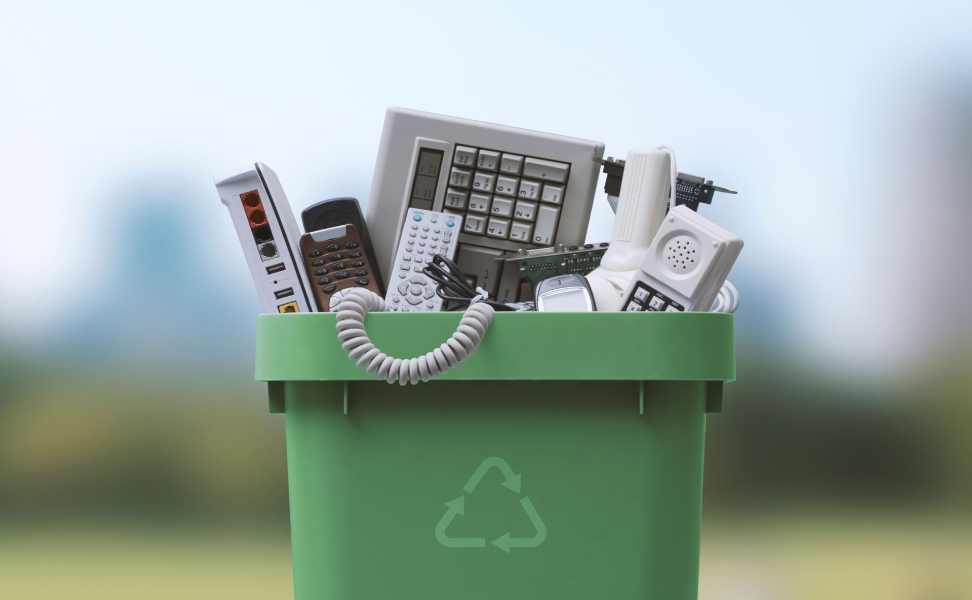Lotus299, Goldenexch, Msdexch: Electronic waste, also known as e-waste, is becoming a significant environmental concern due to its toxic components and improper disposal methods. The rapid advancement of technology has led to a surge in electronic devices being discarded, resulting in harmful consequences for the environment. When e-waste is not recycled or disposed of correctly, it can release hazardous chemicals such as lead, mercury, and cadmium into the soil and water sources, posing a threat to both human health and ecosystems.
The improper handling and disposal of electronic waste can also contribute to air pollution through the release of toxic fumes when e-waste is burned. Additionally, the accumulation of electronic waste in landfills can lead to leaching of harmful substances into the groundwater, further contaminating the environment. As the volume of electronic waste continues to grow, it is essential to address the environmental impact of e-waste through proper recycling and disposal methods to mitigate its adverse effects on the planet.
Challenges in Recycling Electronic Waste
One major challenge in recycling electronic waste is the complexity of the devices themselves. Electronic products are made up of a wide range of materials, some of which may be hazardous if not handled properly. Disassembling these devices and sorting the components for recycling can be a time-consuming and labor-intensive process.
Additionally, the lack of standardized recycling processes and regulations poses a significant obstacle to efficient e-waste recycling. Different regions and countries may have varying guidelines and practices for recycling electronic waste, making it difficult to establish a cohesive and streamlined approach to handling this growing environmental issue. This lack of consistency can lead to confusion and inefficiencies in the e-waste recycling industry.
– Disassembling electronic devices for recycling can be time-consuming and labor-intensive
– Electronic products contain hazardous materials that require careful handling
– Lack of standardized recycling processes and regulations creates challenges in e-waste recycling industry
– Varying guidelines and practices across regions make it difficult to establish a cohesive approach
– Inconsistencies lead to confusion and inefficiencies in e-waste recycling sector.
Innovative Approaches to E-Waste Recycling
Aldoexch, Aaonline777, Aaonline247: While traditional approaches to e-waste recycling have focused on dismantling and extracting valuable materials, some innovative methods have emerged that aim to tackle the issue more sustainably. One such approach involves using advanced technological processes like material recovery from discarded electronics through techniques such as pyrolysis and bioleaching. These methods help break down electronic components into their base materials for reuse, reducing the need for new resource extraction.
Another innovative strategy in e-waste recycling is the concept of “urban mining,” which involves extracting precious metals and other valuable materials from electronic waste already present in urban areas. By treating e-waste as a potential source of valuable resources, urban mining not only helps in reducing environmental impact but also contributes to the conservation of natural resources. This approach showcases a shift towards a more circular economy model, where products are designed with end-of-life recycling in mind.
What is electronic waste?
Electronic waste, or e-waste, refers to discarded electronic devices such as computers, mobile phones, and televisions that are no longer in use.
What is the impact of e-waste on the environment?
E-waste can release harmful chemicals and toxins into the environment if not properly disposed of, leading to pollution of air, water, and soil.
What are some challenges in recycling electronic waste?
Some challenges in recycling e-waste include lack of proper collection and disposal systems, limited awareness among consumers, and the complex nature of electronic devices.
What are some innovative approaches to e-waste recycling?
Innovative approaches to e-waste recycling include using advanced technologies to extract valuable materials from electronic devices, promoting extended producer responsibility, and creating e-waste awareness campaigns.
How can individuals contribute to e-waste recycling?
Individuals can contribute to e-waste recycling by properly disposing of their electronic devices at designated recycling centers, participating in e-waste collection drives, and supporting companies that prioritize eco-friendly practices.
Also Read:-
- How To Cancel Spectrum Internet?
- Is Metal Fabrication A Good Career Path?
- Gianluigi Aponte – Net Worth, Lifestyles, Business, Companies
Feature image source:- https://tinyurl.com/yc2v7wvf

